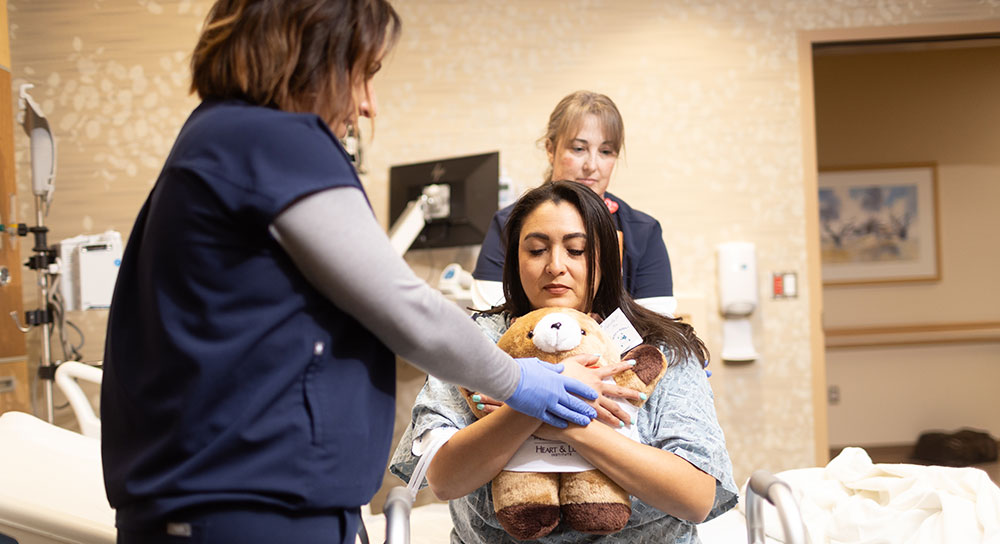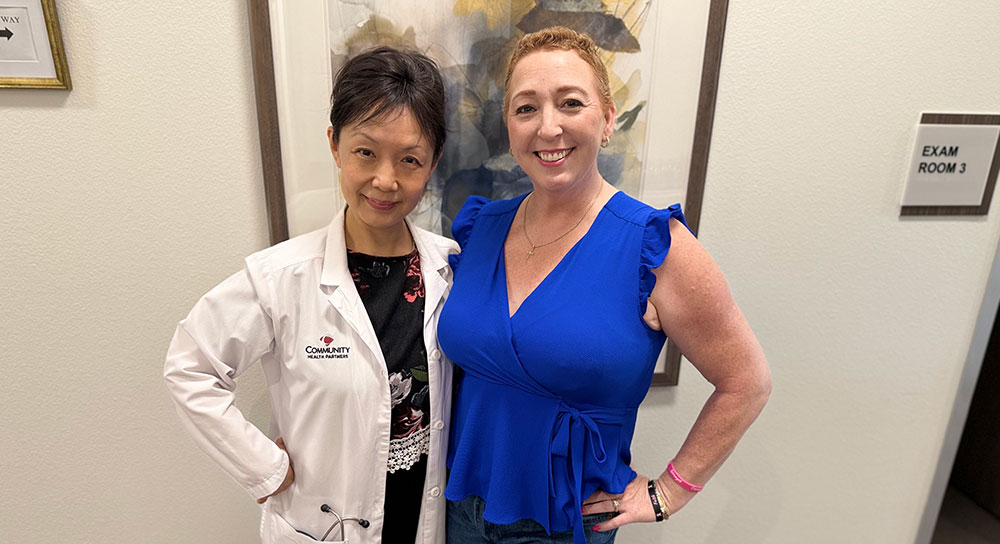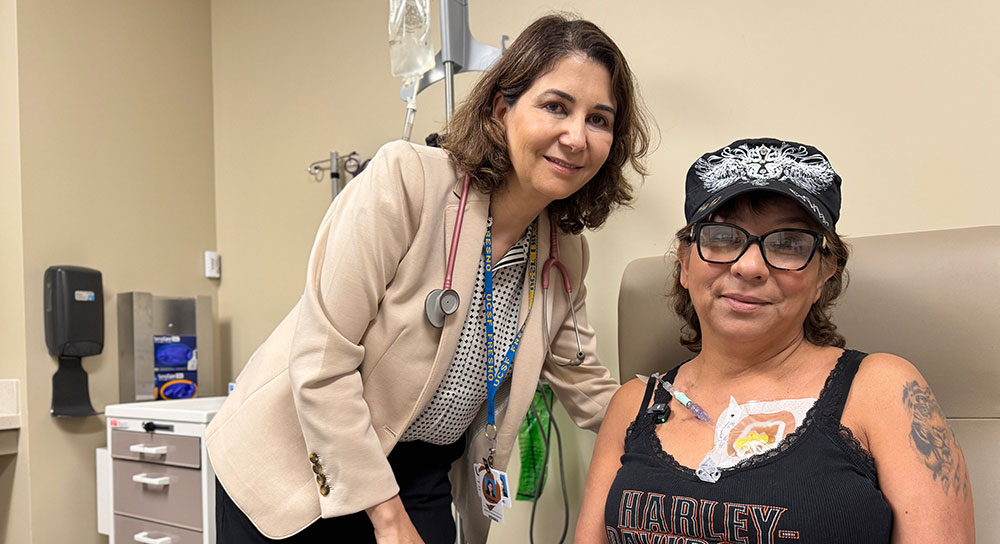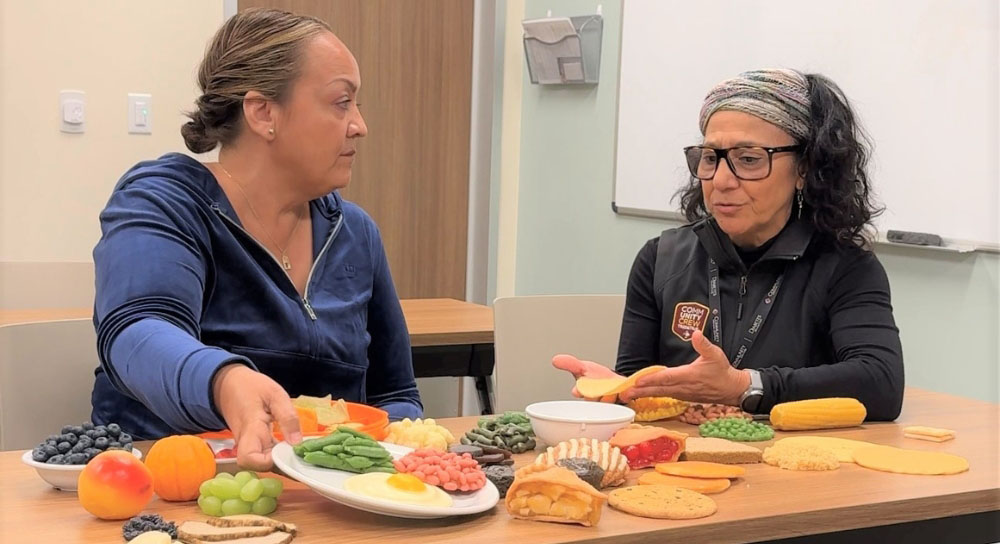For some patients recovering after cardiac surgery, the ‘best medicine’ doesn’t always come in the form of a pill, but instead in the form of physical therapy according to clinicians at Community Medical Centers. In order to get the best outcomes, Community’s rehabilitation team says it’s important to start a supervised exercise plan immediately after surgery, as long as the patient is stable.
“We go in there and do an assessment. If it is deemed safe to mobilize them, we will get them up and moving. This is going to help to prevent muscle atrophy from prolonged bed rest,” physical therapist Kyla Jacobo said.
Getting patients moving early improves outcomes
A trial study of early cardiac rehabilitation in patients found physical exercise for patients with coronary artery disease reduces respiratory complications, helps maintain muscle strength and decreases the chance of being readmitted to the hospital after discharge .This therapy also helps promote lung function for the patient, according to Jacobo.
“We have small sacks in our lungs called alveoli, and after surgery and anesthesia those sacks can collapse, and prevent proper oxygenation of our bodies,” she said. “It's going to help drop the diaphragm, expand the lungs and ultimately help them to wean off the oxygen more quickly.”
Collaboration is key
Cardiac patients recovering from surgery at any one of Community’s three acute-care hospitals benefit from the close collaboration that is central to the Heart and Lung Institute program, which employs a system-wide approach to cardiac care services. Cardiovascular nurse Zoua Moua works alongside physical therapists like Jacobo every day and sees first-hand how it benefits patients.
“The Heart & Lung Institute at Community is an amazing program. We do great work here. And we see miracles on a daily basis,” said Moua. “I wish people could see, really see, what comes in and out of our doors because the surgeons and staff are amazing. They’re so dedicated, [so] committed.”
3 steps to improve health
The cardiac rehabilitation process happens in three phases according to the National Institutes of Health:- Beginning in the hospital, it focuses on daily activities and education.
- After the patient goes home, they should follow a more rigorous program tailored to the patient’s needs \in an outpatient setting.
- Once fully recovered, patients should move to an independent, self-monitoring program.
“We're focusing a lot on function, how they can be safe and as independent as possible when they return home,” Jacobo said.
The ultimate goal is to get patients home to their families as safely and quickly as possible.
Moua said she’s proud of her colleagues and the collaborative work they do to help patients.
“These are our neighbors, our friends, our families that we're helping. And so everything is benefiting our people here, living in our own backyard,” she said. “We all have a sense of purpose and a really amazing goal to help our neighbors.”





